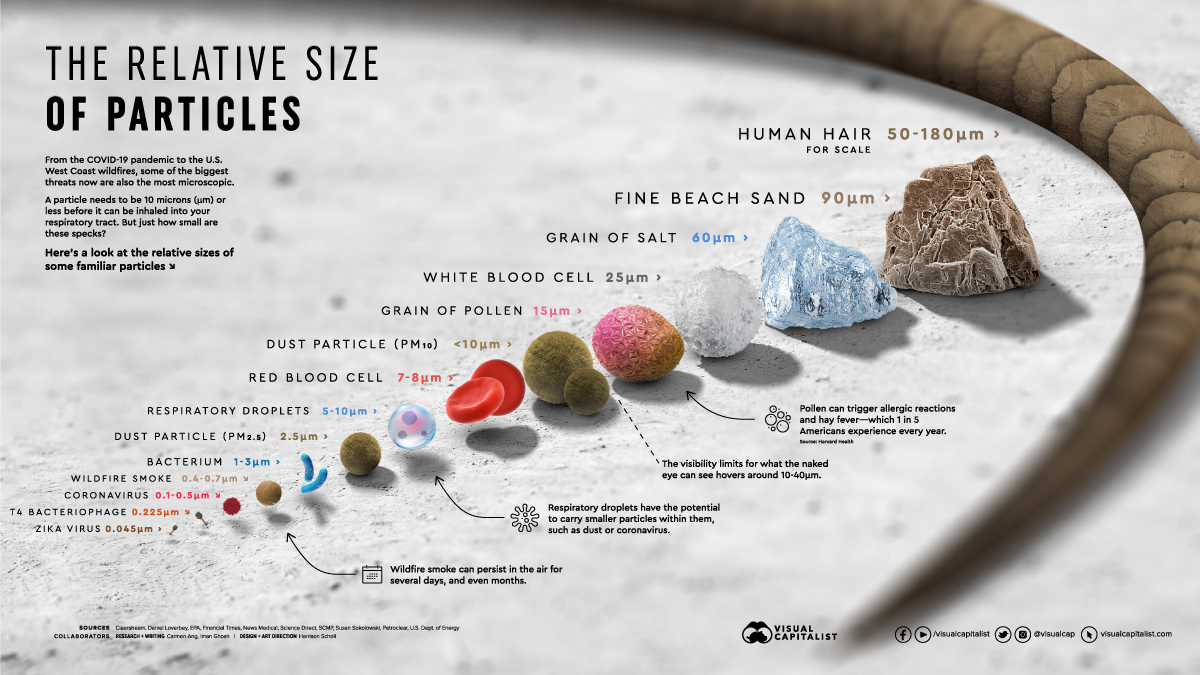The window on ESSER Funds I is quickly closing (it’s September 30, 2022). So, for schools with ESSER I funds remaining, one easy-to-implement idea is to purchase portable air cleaners for classrooms and other high-population areas.
EPA-Approved, ESSER-Qualified
According to the EPA, “Portable air cleaners may be particularly helpful when additional ventilation with outdoor air is not possible without compromising indoor comfort (temperature or humidity), or when outdoor air pollution is high.
Though the use of air cleaners alone cannot ensure adequate indoor air quality, when used properly air cleaners and HVAC filters can help reduce airborne contaminants, including viruses in a building or small space. By itself, air cleaning or other filtration is not enough to protect people from COVID-19. But, when used along with other best practices recommended by CDC or other public health agencies, filtration can be part of a plan to reduce the potential for airborne transmission of COVID-19 indoors.”*
Since ESSER funds may be used to coordinate preparedness and response efforts to COVID-19, portable air cleaners do meet the criteria to qualify for these funds.
Part of a Layered Indoor Air Quality Solution
Whether your current HVAC system is old or new, portable air cleaners are an effective part of a layered IAQ solution, because they deliver enhanced air cleaning that frequently goes above and beyond what the typical HVAC system is already doing.
While many facilities have been able to move their HVAC systems to MERV 13 filtration, on average, most facilities are limited to a MERV 8 or MERV 9 filter type. And, even with the upgraded filtration on newer systems, a MERV 13 will trap less than 75% of air particles that are 0.3-1.0 micron in size (the coronavirus is 0.1 microns).
On the other hand, the HEPA filters, used in portable air cleaners, are at the highest MERV level and far exceed what a MERV 13 can do. In fact, all HEPA filters have a rating of a MERV 17 or higher. A HEPA filter with a MERV 17 rating will trap 99.97% of air particles that are 0.3-1.0 micron in size, which is why they are used in hospital operating rooms.
The below picture from VisualCapitalist.com illustrates particle size and the importance of selecting air cleaners with appropriate filtration:
Tips for Purchasing Portable Air Cleaners
- Size. Select devices that are appropriately sized for the space in which they will be used. This includes looking at room dimensions as well as air changes per hour (often noted as CADR, or clean air delivery rates. The CADR reflects, in cubic feet per minute, the volume of clean air that an air purifier produces on its highest speed setting.)
- Energy. Consider ENERGY STAR-certified products. These systems will likely be running most of the day, so energy efficiency should be a priority. Remember that products which use high-caliber, commercial-grade fans and motors may mean higher cost for the initial purchase, but these systems will use less electricity over time than inexpensive models that use low quality, inefficient parts. Energy Star certified purifiers are 40 percent more energy-efficient than standard models.
- Noise. For classrooms in which noise is a consideration, look for a product with lowest perceived sound levels. Decibels (dB) are measured on a logarithmic scale, so 60 dB is twice as loud as 50 dB. Extended exposure to levels above 55-60 dB is typically considered to be disturbing or annoying, and 70 dB is like being next to a washing machine or dishwasher.
- Filters. Consider filter cost and estimated lifespan. Note that long-life filters (that would be years, not months) require significantly less maintenance and result in lower operating costs, even if the individual filter cost is higher.
- Filtration. Seek out products that provide medical-grade HEPA filtration, a key mitigation strategy in the fight against COVID-19 as recommended by CDC and ASHRAE.
Two Product Recommendations
At CM3 headquarters in Fort Washington, our engineers have tested several indoor air quality systems. Our team recommends (and we use) these two portable air cleaners:
We also install the Global Plasma Solutions Bipolar Ionization Systems for permanent indoor air quality improvement.
Note: If you decide to use a device that incorporates bipolar ionization technology, EPA recommends using a device that meets UL 2998 standard certification (Environmental Claim Validation Procedure (ECVP) for Zero Ozone Emissions from Air Cleaners)**.
References
* https://www.epa.gov/coronavirus/air-cleaners-hvac-filters-and-coronavirus-covid-19

